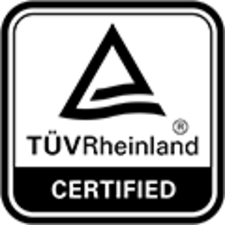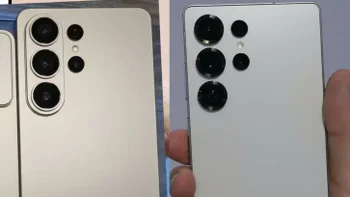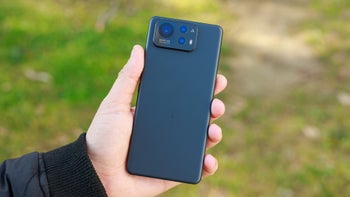From zero to hero: How the HUAWEI Mate 10 Series significantly improved battery technology

Advertorial by Huawei: the opinions expressed in this story may not reflect the positions of PhoneArena!
As the two largest, most profitable smartphone makers in the world can't shake off battery management issues, Huawei has spotted an opportunity and seized it with two hands. The company left nothing to chance, and went to the most rigorous third-party certification system - Germany's TÜV Rheinland - to ensure a fresh and demanding set of eyes before launching the phones with the best battery life in its class, the HUAWEI Mate 10 and HUAWEI Mate 10 Pro.
TÜV Safety Certified

Germany’s strict insurance standards and tradition of engineering excellence was the driving force behind Huawei’s decision to test itself against the stringent standards of the TÜV Rheinland certification body. The company let them test the battery circuitry, cables, chargers, and anything involved in its adaptive power management that would help to prevent a thermal runaway, or battery degradation.

What’s more, the AI uses machine learning for continuous back and forth conversation between the device and the charger, supervising each second of the cycle. It constantly adjusts the voltage and current of the stock 4.5V/5A or third-party chargers to curb their enthusiasm if needed, in order to keep things cool and electron-friendly along the whole chain of command.
What can we say, our own test results confirmed that the first end-to-end fast-charging technology stamped by the TÜV Rheinland labs is not only secure but also does what it says on the tin. If there is a safest way to mark 12+ hours of screen-on time in our grueling battery benchmark, and fill a 4,000 mAh unit for exactly as long as it takes the competition to fully charge a 3,300 mAh battery, Huawei certainly seems to have found it.
Follow us on Google News













Things that are NOT allowed:
To help keep our community safe and free from spam, we apply temporary limits to newly created accounts: